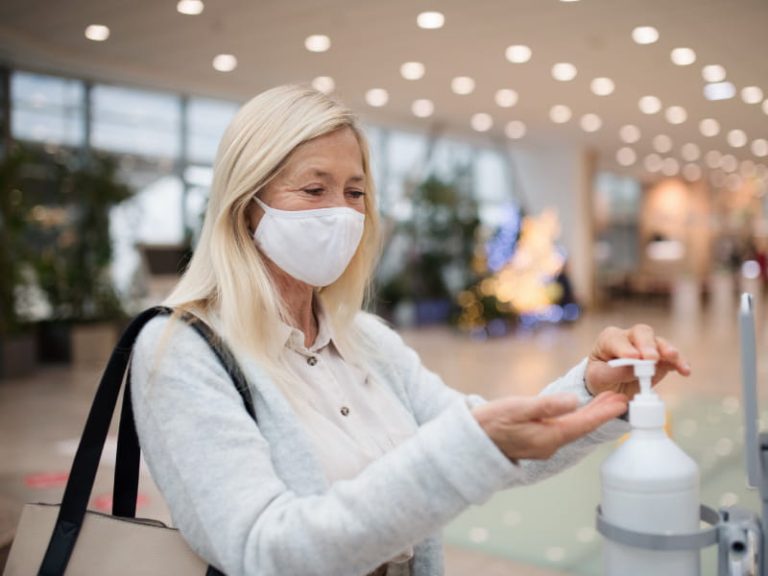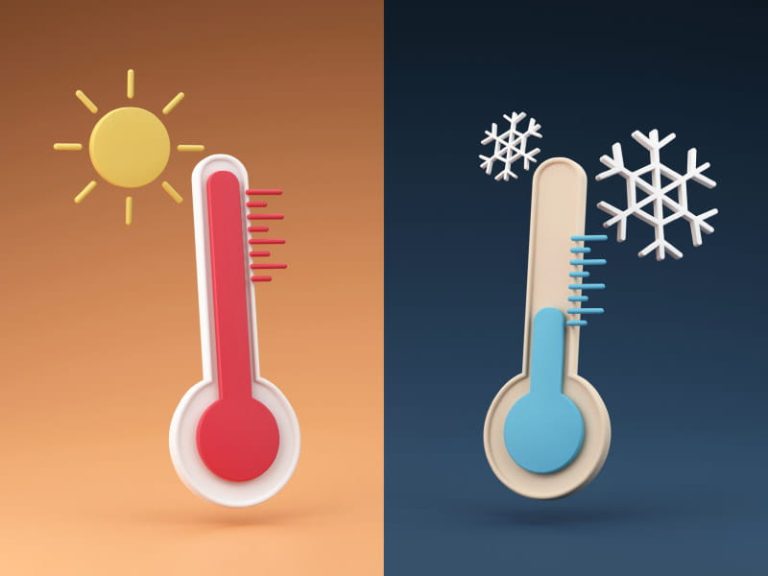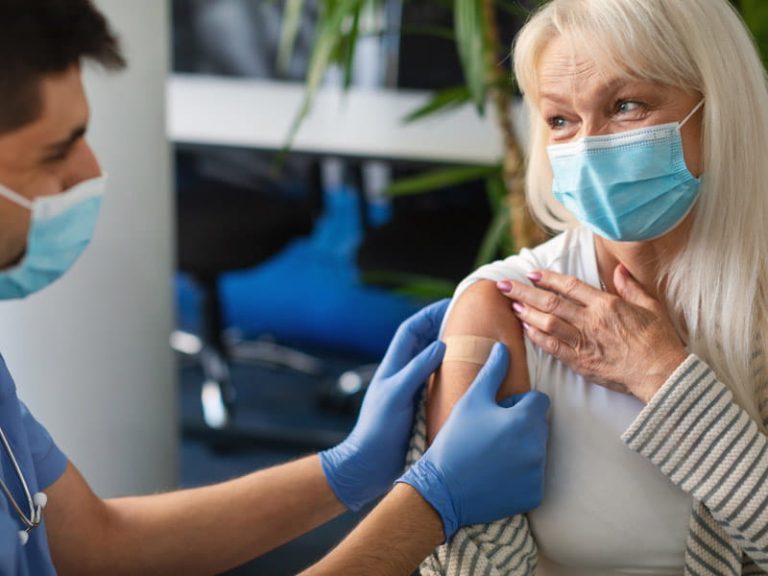Are Asians at higher risk for stroke?
Asian and Pacific Islander adults within the U.S. are disproportionately affected by a lethal sort of stroke that causes bleeding into the mind, in accordance with new analysis that additionally exhibits they expertise these strokes at a youthful age than their white friends.
With these intracerebral hemorrhages, or ICHs, in addition they face higher issues and longer hospital stays than their white counterparts, in accordance with the findings lately printed in JAMA Community Open. They’re being introduced Wednesday on the American Stroke Affiliation’s Worldwide Stroke Convention.
ICH strokes happen when blood vessels within the mind rupture and bleed. They account for 10%-15% of the estimated 795,000 strokes annually within the U.S., in accordance with American Coronary heart Affiliation statistics. They’re extra lethal and extra prone to trigger long-term incapacity than different varieties of stroke.
Whereas it is well-known that ICH is extra frequent in Asian adults in different nations, this was the primary giant examine to quantify the disparity amongst individuals of Asian descent dwelling within the U.S., stated examine senior writer Farhaan Vahidy, affiliate director of the Middle for Outcomes Analysis at Houston Methodist.
“The chance of ICH amongst individuals who reside in Asian nations is way larger than for many who reside in Europe or South America,” stated Vahidy, who is also an affiliate professor of analysis within the division of inhabitants well being sciences at Weill Cornell Medical Faculty in New York Metropolis. “However what we didn’t know earlier than our examine was, does that danger translate to Asian populations dwelling within the U.S.?”
Researchers analyzed nationwide hospital knowledge for 803,230 Black, white, Hispanic and Asian American and Pacific Islander adults who skilled ICH strokes from 2004 to 2018. The typical age was 69, with an almost even break up of women and men.
Asian and Pacific Islander adults skilled ICH strokes at a price of twenty-two.18 for each 100,000 individuals. This was just like the speed for white adults, which was 22.86 for each 100,000 individuals. Black adults had the best price, at 34.33, whereas Hispanic adults had the bottom, at 15.77.
Nonetheless, when evaluating the proportion of ICH strokes to different varieties of stroke, Asian American and Pacific Islander adults skilled them at larger percentages than some other racial and ethnic group – 18.9%. That is in comparison with 14.1% for Hispanic adults, 12.2% for Black adults and 11.1% for white adults. As well as, for each one-year enhance in age on the time of their stroke, Asian and Pacific Islander sufferers had been 1% extra prone to die in comparison with their white counterparts.
The evaluation discovered Asian American and Pacific Islander adults additionally had strokes at a youthful age than their white friends – 66.3 versus 72. Additionally they had been extra prone to expertise extreme sickness, higher incapacity, be placed on a ventilator and require different extra intensive therapies that resulted in longer, costlier hospital stays.
Seeing higher illness severity at a youthful age was stunning, Vahidy stated, on condition that ICH usually impacts older stroke sufferers extra severely than youthful ones.
Vahidy leads a group of researchers presenting findings on the stroke convention from a associated examine that discovered an 11% general enhance within the price of ICH throughout the identical examine interval, with charges rising quicker for adults beneath age 65 in comparison with these 75 and older.
This examine appeared nearer at how ICH was affecting racial and ethnic teams, revealing the disparity for Asian American and Pacific Islander adults. The subsequent query to reply, Vahidy stated, is why that is taking place. Is it genetics, way of life or a mixture of each?
The findings recommend a job for stroke danger elements. In comparison with white individuals, researchers discovered Asian American and Pacific Islander adults had been extra prone to have hypertension, excessive ldl cholesterol, diabetes and to have skilled an ischemic stroke, the commonest sort which is attributable to a clot. Additionally they had been much less prone to be prescribed anticoagulant medication to assist forestall blood clots that may result in a coronary heart assault or stroke.
Future research additionally ought to dig into how completely different Asian and Pacific Islander subgroups in the USA are being affected, Vahidy stated.
The variety of individuals of Asian descent dwelling within the U.S. doubled over the previous twenty years to about 23 million, the fastest-growing section of the inhabitants, in accordance with the census. Native Hawaiians and Pacific Islander adults are the third-fastest-growing section within the U.S., with 1.6 million individuals.
However these teams – that are usually lumped collectively in analysis research – are made up of individuals from greater than 20 completely different nations and a variety of cultures, stated Dr. Richard Benson, director of the Workplace of International Well being and Well being Disparities on the Nationwide Institute of Neurological Problems and Stroke. It’s a part of the Nationwide Institutes of Well being.
“We’re not doing job of taking a look at these subpopulations,” stated Benson, who was not a part of the examine. “Some might have worse outcomes, however they’re all grouped collectively.”
The NIH put out a name final 12 months encouraging higher analysis into the organic, behavioral, environmental and sociocultural elements which will play a job within the well being disparities affecting individuals of Asian descent and the varied subgroups to which they belong.
Benson stated he was notably involved in regards to the price of ICH in youthful adults and the decrease price of anticoagulant remedy use amongst Asian and Pacific Islander adults. “This group is extra prone to have personal insurance coverage and better revenue ranges” than their white friends, he stated, “but now we have this disparity.”
“We now have to have a look at these sub-aggregate populations to see which teams have much less mortality, and see what they’re doing otherwise,” stated Benson, who was a part of an NIH workshop in regards to the analysis disparities.
“What we finally need to do is create the perfect well being outcomes for everybody on this nation.”







